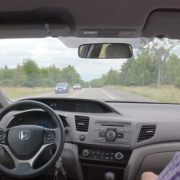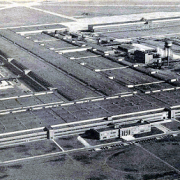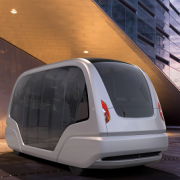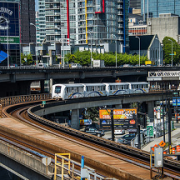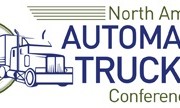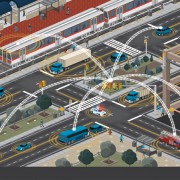Controlling the Disruption of Autonomous Technology
Burney Simpson
Autonomous cars could be the disruptive technology that disrupts just about everything.
A new conference in Canada, “Automated Vehicles: Planning the Next Disruptive Technology” is designed to update transportation experts on the technology and help them prepare for its impact.
The event from the Conference Board of Canada will run April 19-20 in the One King West Hotel in Toronto.
The conference will address autonomous technology and its impact on urban planning, security and privacy, transit, and the movement of commercial goods. See the agenda here.
The conference arises in part from a 2015 paper from the consultant Canadian Automated Vehicles Centre of Excellence (CAVCOE), and the Conference Board. (See “Autonomous Vehicles to Save Canada $54 Billion, Many Lives”).
One year later, the Conference Board is organizing the event and the timing is right, says Barrie Kirk, executive director of CAVCOE, a conference sponsor.
For instance, a test of autonomous vehicles on public roads began near Toronto in January, and the government just released its 10-year strategic transportation plan that includes some mention of autonomous technology. The Toronto test could bring driverless cars traveling on everything from Highway 401 to suburban side streets, according to the Ontario Ministry of Transportation.
“We’re seeing the winds of change blow through our federal government,” said Kirk. The newly-elected Liberal government “is more open. They seek partnerships. And policy groups are seeing disruptive technology coming.”
CAVCOE is taking advantage of the open mood to request that 1 percent of the 18 billion (Canadian) the nation spends on infrastructure be devoted to smart infrastructure, says Kirk. That 180 million Canadian converts to $133 million U.S.
Smart infrastructure covers a lot of ground, notes Kirk, including autonomous vehicles, emissions, data and privacy, cybersecurity, weather, and distracted drivers.
The conference is also sponsored by the Canadian Automobile Association and BlancRide, a Canadian carpooling service.
Photo by CAVCOE.

